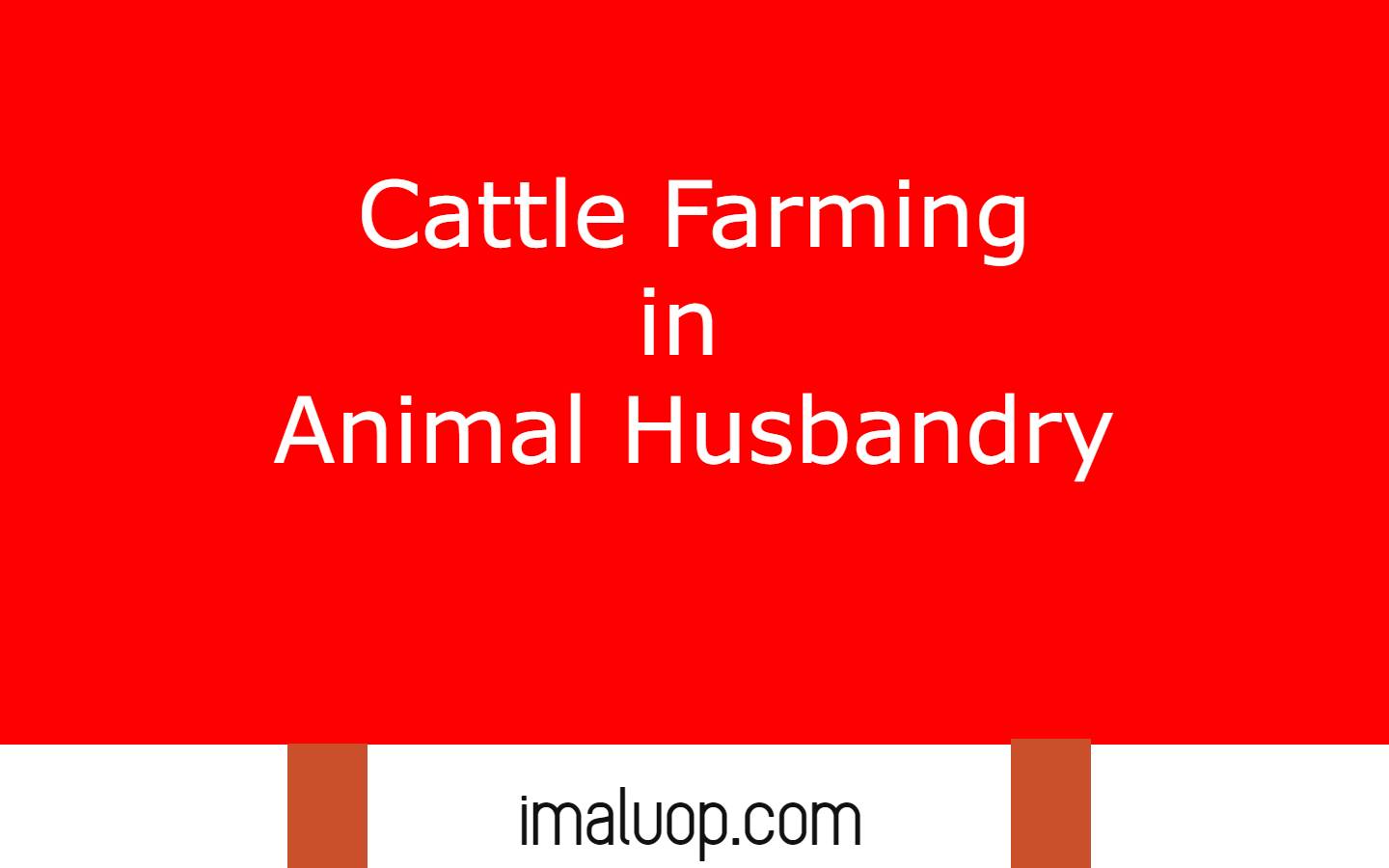Hi, now we are going to discuss cattle farming in animal husbandry in which we will discuss what is cattle farming, why we should manage cattle, disease management in cattle farming and disease management in cattle farming in animal husbandry.
Table of Contents
What is Cattle Farming:
Cattle farming is a type of animal husbandry in which we manage different domestic animals scientifically for their products which we used as food and sometimes we use them due to other purposes like ploughing or transpiration.
So we rear two types of animals in cattle farming, one type of animals are milch animals who provide us milk like cow, buffalo, goat while another type of animals which we use for different purposes like ploughing, transportation for heavy material are known as drought animals and most of the cases we manage milch or dairy animals for their milk.
In dairy we try to increase the yield by breeding method and we focus on quality and quantity of milk they produce because quality and quantity is key for success and profit in the dairy industry and quality of different milk products is directly dependent on quality of milk.
For more profit we should manage appropriate milch animal varieties which can produce large amounts of quality milk and resist major cattle diseases and to develop suitable breeds in the dairy industry we perform breeding among different superior cattle breeds.
After birth the cattle animals start to produce milk after a certain time which is known as lactation period and we try to increase the lactation period for more profit, there are different breeds are now available which have high lactation period, high disease resistance and high milk production capacity, for example Brown Swiss, Jersey have long lactation period while Sahiwal can resist most of the cattle disease so if we breed among those varieties then we will get cattle breed with high lactation period and disease resistant breed.
Cattle Farm Management:
In each type of animal husbandry there are some specific tactics for food, shelter and disease management for higher yields because the yield is directly related to the nutrients supply, their environment and disease free healthy lifestyle.
Suitable Food For Cattle Farming:
Best nutrient rich foods are supplied in appropriate amounts and appropriately frequently control the yield in dairy animals and the physical capabilities in drought animals and their disease resistance also somewhat depends on their food habits.
For better yield and disease resistance we have to supply them different types of food in balance like fibres containing roughage, high protein and nutrients rich foods and supply of different minerals.
Shelter in Cattle Farming:
To avoid any health issues and improve their yield we should make their shelter scientific and hygienic because clean shelters most of the time prevent various infectious diseases which reduce the yield and sometimes cause death in cattle.
Cattle shelters become dirty due to their fecal matter deposition so we should clear their shed on a regular basis and we have to brush their body properly on a regular basis and drainage system in their shelter should be proper to avoid spread of various infectious diseases in cattle.
Proper air availability helps to maintain a healthy lifestyle so we should arrange a proper ventilation system in their shelter and roofing must be proper to protect them from rain and heat weather.

Disease Management in Cattle Farming:
In cattle sometimes some serious infectious disease can cause great economic loss due to reduction of yield or something can cause death of the cattle animals in large numbers so we should try to manage disease resistant breeds and always try to prevent all types of disease.
Different bacterial, viral and some parasites cause great health issues in cattle animals so we should maintain proper hygiene to prevent various diseases and proper vaccination should be administered to prevent most of the serious bacterial and viral diseases.
Hi Everyone!!! Welcome to Imaluop. Imaluop always try to learn some new and he want to share to other people. Here we will try to learn various topics on Science, specially on Biological Sciences.
